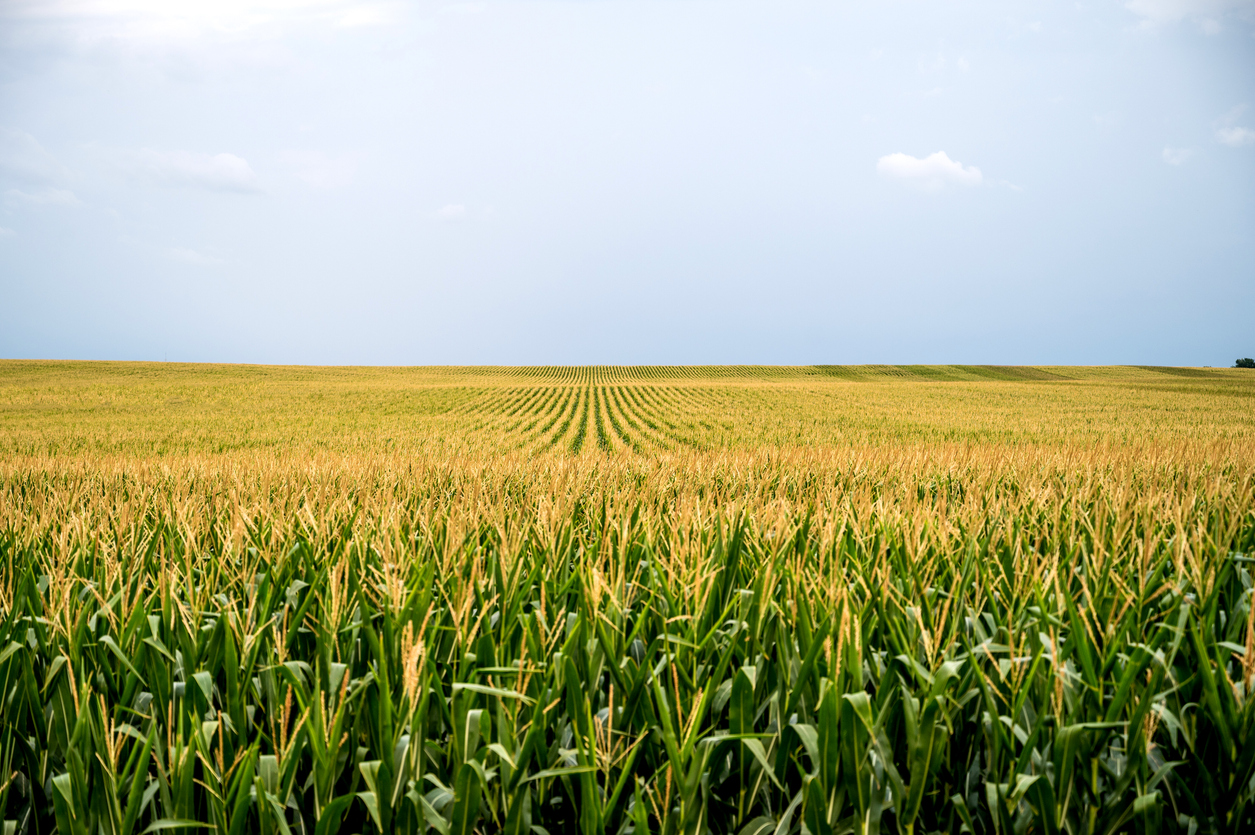Fuel Tax Credits Section 45Z

The Biden Administration passed the 2022 Inflation Reduction Act and farmers may benefit from this legislation. Under section 45Z, the legislation provides a tax credit for the domestic production of clean transportation fuels, The 45Z tax credit applies to fuels produced after Dec. 31, 2024 and sold before Dec. 31, 2027. It includes $369 billion in spending and tax credits for climate and energy programs over 10 years. Instead of paying farmers to sequester soil carbon, this legislation pays farmers to reduce their carbon foot print by using sustainable fuel or producing sustainable fuel. The legislation extends the biodiesel and alternative fuel credits through December 31, 2024. It extends the $1.00/gallon Section 40A biodiesel and renewable diesel credit and the $1.00/gallon biodiesel mixture credit, which was due to expire after 2022. Several other alcohol, biodiesel, and alternative fuel credits were renewed including a $.50 alternative fuel credit. In most cases, the tax c...


